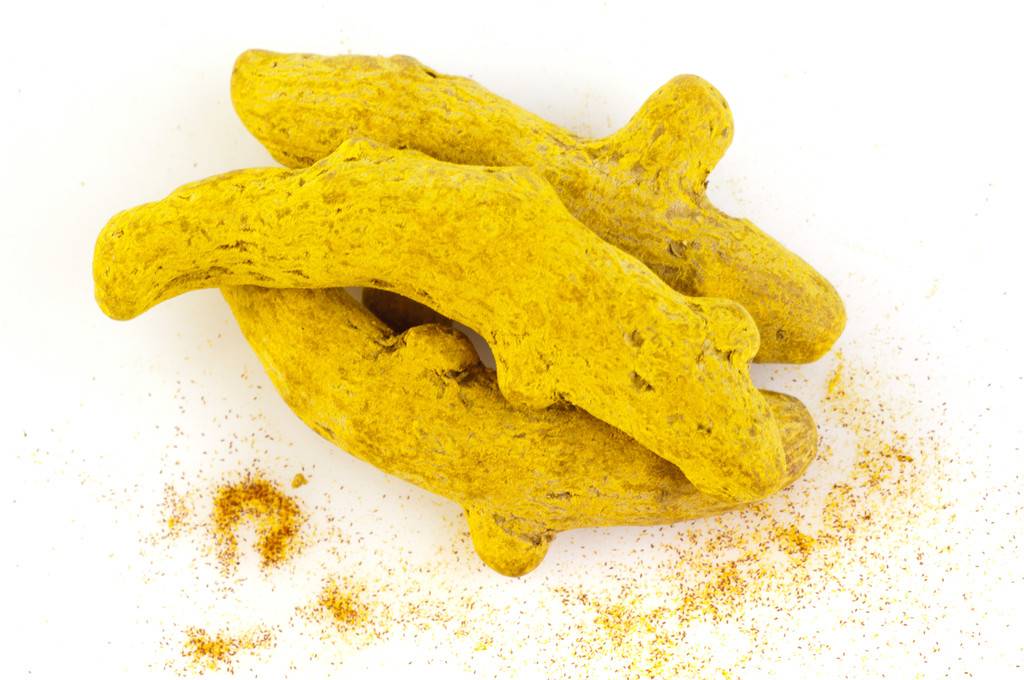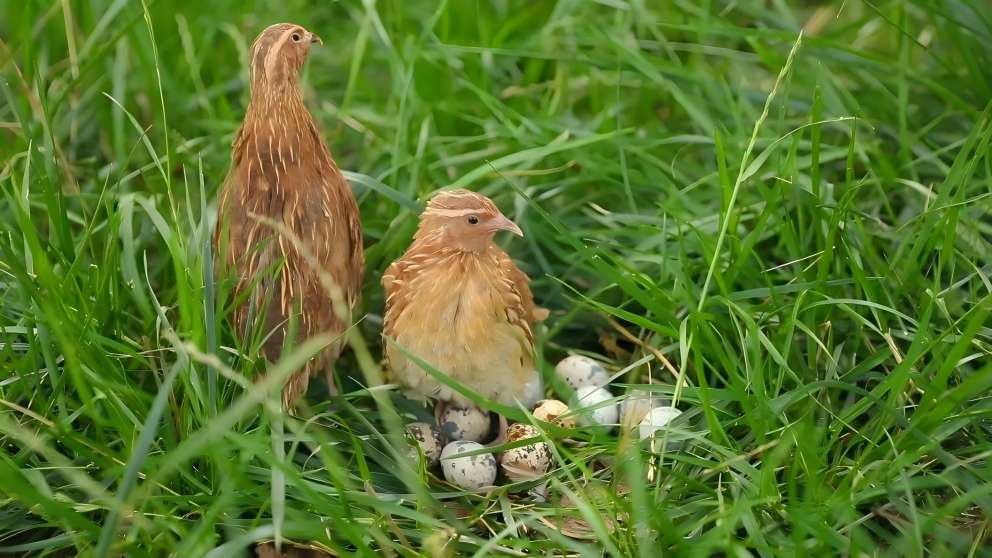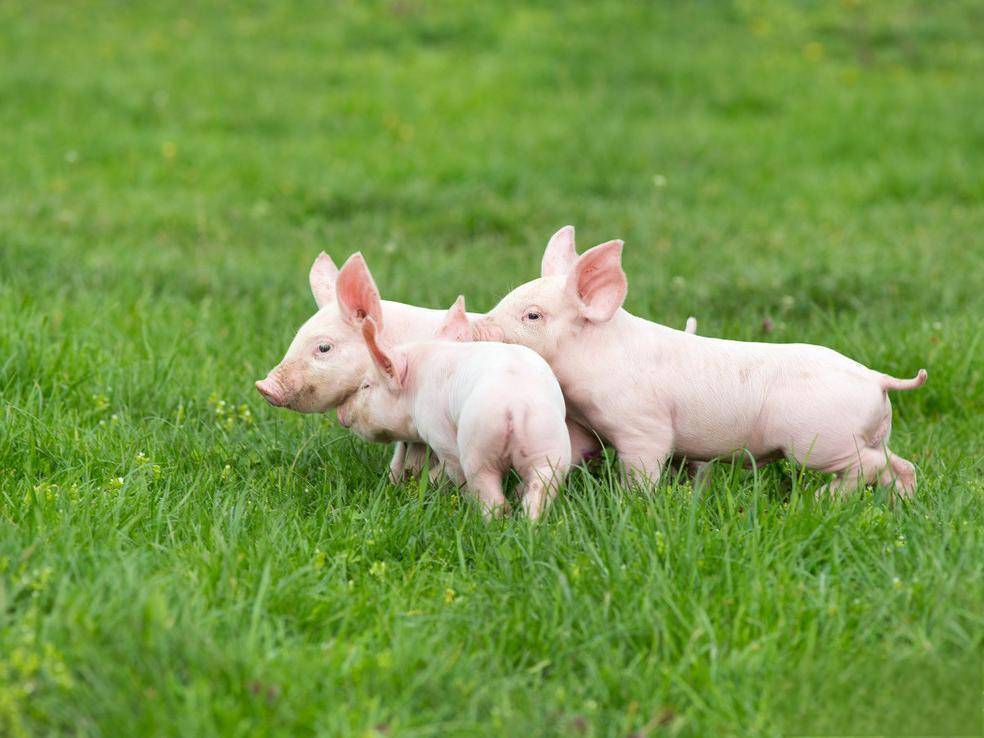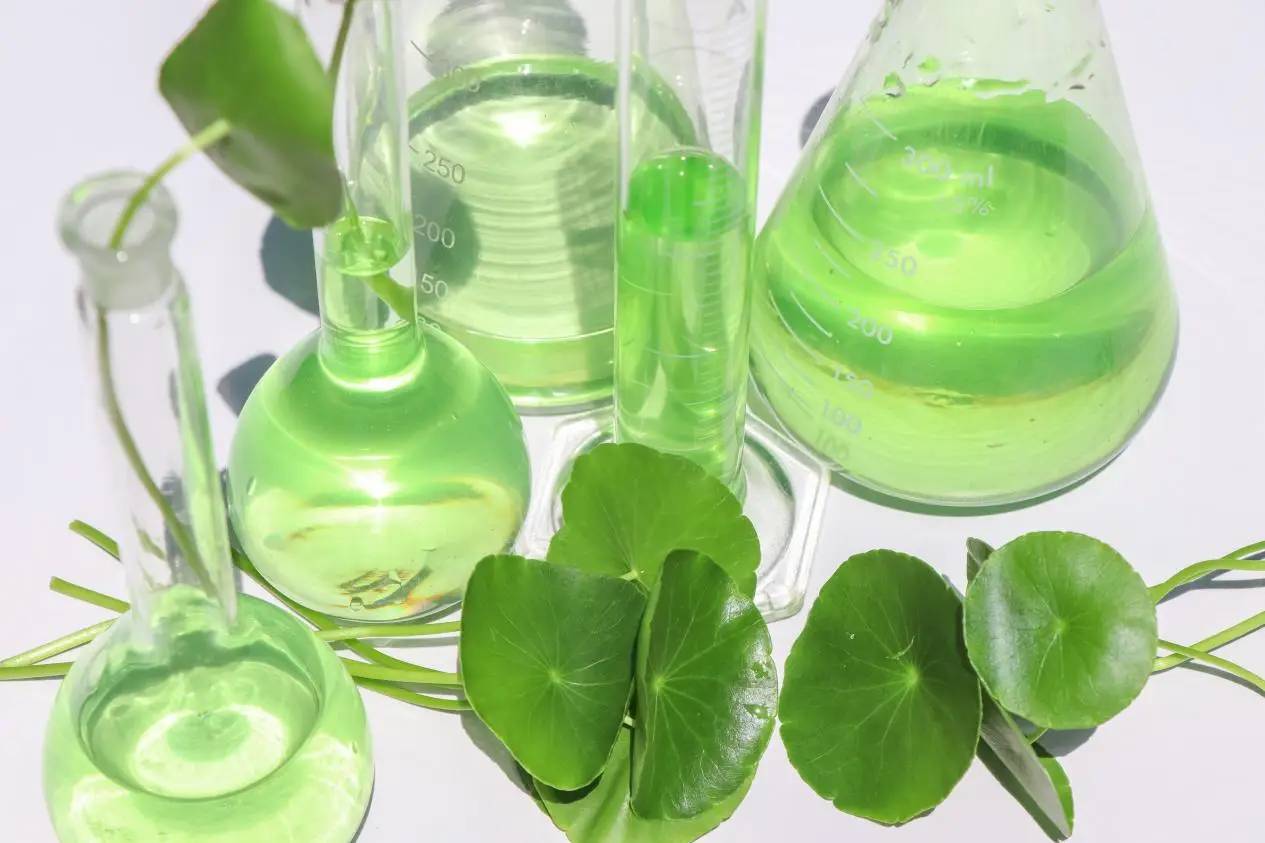What Is the Use of Turmeric Extract Curcumin Powder in Food Industry?
Ginger is the dried rhizome of Zingiber officinale, a perennial herb in the ginger family. An essential spice in everyday life, ginger also has a variety of physiological functions, such as anti-tumor, anti-inflammatory, anti-oxidant, and antibacterial effects [1-3]. Turmeric (Curcumalonga L.) belongs to the ginger family, genus Curcuma, and is a medicinal plant with edible roots. It prefers a warm, humid climate with plenty of sunshine and rain. In China, turmeric is mainly distributed in Taiwan, Fujian, Guangdong, Guangxi, Yunnan, Sichuan, and Tibet [4].
The rhizome of turmeric was first recorded in the “Tang Materia Medica”, which said that it is bitter, pungent and warm in nature, entering the spleen and liver channels. It is mainly used to treat cold stagnation, blood stasis and wind-dispelling and relieving pain [5]. The main active ingredients of turmeric that exert pharmacological effects are volatile oils and curcuminoid compounds, which account for about 3% to 6% of the composition of the turmeric plant [6]. Curcumin (C21 H 20 O6 ) has a special diketone structure. It is an orange-yellow crystalline powder with a special aromatic odor and a slightly bitter taste. It is insoluble in water. The chemical structural formula is shown in Figure 1. Turmeric extract, in addition to being used as a natural food additive and coloring agent, has been shown to have high biological activity, such as protecting nerves, anti-cancer, anti-inflammatory, anti-oxidation, etc., and has a very broad market prospect.
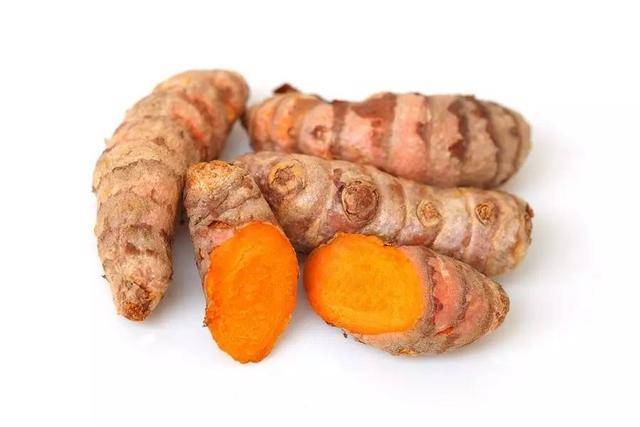
1. The current market situation of turmeric and the extraction methods and processes of curcumin
1.1. The market of turmeric: production and planting area
China is one of the world's major producers and consumers of turmeric. The total production and acreage of turmeric (fresh) in China from 2009 to 2018 are shown in Figure 2 [7]. Compared with 2017, China's turmeric (fresh) production in 2018 decreased by 4.59%, and the acreage decreased by 5. 50%, but the degree of mechanization has improved. During 2018, China's total turmeric (dried) output was approximately 10,100 tons, and demand and imports were 9,718.72 tons and 516.44 tons, respectively, with imports accounting for 5. 13%, with a market size of up to 214 million yuan, an increase of 29.70% year-on-year from 165 million yuan in 2017, indicating that turmeric still has considerable room for growth in the future market. According to the latest report from Value Market Research, the global turmeric market was worth 56.5 million US dollars in 2018 (based on revenue), with huge market potential. It is expected to reach 132.9 million US dollars by 2025, with a compound annual growth rate (CAGR) of 13% [8, 9]. Turmeric has a wide range of uses, including food processing, medicine, and the beauty industry. As an important bioactive substance in turmeric, curcumin plays an indispensable role in it.
1.2 Extraction methods and processes for curcumin
There are many methods for extracting curcumin from the turmeric plant, ranging from single solvent extraction, acid-base extraction, enzyme extraction, ultrasonic-assisted extraction, microwave extraction, and supercritical CO2 extraction to the comprehensive application of multiple extraction methods. The extraction methods and process parameters for curcumin are shown in Table 1.
2. Application of curcumin in the food industry
Curcumin is a natural food coloring agent with a bright color and stronger coloring power than lemon yellow and sunset yellow. It also has certain nutritional value and is used in the production of pickles, instant noodles, canned food, marinated products, pastries, candy, soft drinks, etc. In GB 2760-2011 “Food Additive Use Standards”, it is stipulated that curcumin can be added to various foods such as chocolate and chocolate products, candies, flavored syrups, beverages, and jellies. The additive amount ranges from 0.01 to 0.7 g/kg[18-20].
Zhang Baojun et al. added curcumin to instant noodles, which not only naturally improved the color of the noodles, but also enhanced the nutritional value of the product. Yin Lichong developed a curcumin functional beverage using curcumin as the main ingredient and adding vitamins and other substances. The resulting curcumin functional beverage has a better taste and a bright color. In addition, curcumin has antioxidant properties and a certain antibacterial effect, and can also be used as a natural food preservative. It is widely used in food processing, food cooking, fruit and vegetable storage and preservation, and dried fruit production [21, 22].
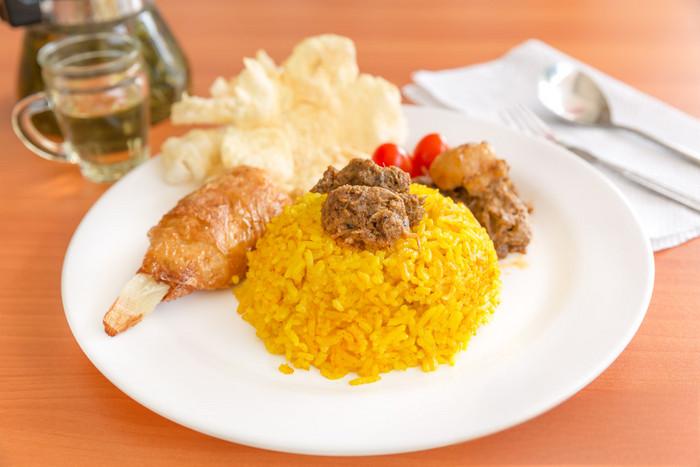
3 Research on the biological activity of curcumin
In Li Shizhen's “Compendium of Materia Medica” from the Ming Dynasty, ginger is called “Baoding Xiang” and is said to have the effects of relieving pain, promoting blood circulation and relieving Qi stagnation. Curcumin is a polyphenolic substance that has been shown to target a variety of signaling molecules and exhibit biological activity at the cellular level, with anti-inflammatory, analgesic, antioxidant, neuroprotective, anticancer, and hypolipidemic effects [23].
3.1 Curcumin's antioxidant activity and ROS scavenger properties
The two active groups in the structure of curcumin, phenolic hydroxyl and β-diketone, can provide protons during the antioxidant process, block the chemical reactions of free radicals, and regulate multiple signal transduction pathways, such as the Nrf2-ARE signal pathway, NF-kB signal pathway, and NADPH/ROS signal pathway. regulate the expression levels of related proteins, induce the expression of antioxidant enzymes, and ultimately exert an antioxidant effect [24]. Joe and Lokesh determined in 1994 that curcumin can inhibit superoxide radicals, hydrogen peroxide, and nitric oxide radicals [25]. Curcumin also enhances the activity of many antioxidant enzymes, such as catalase, superoxide dismutase (SOD) and glutathione peroxidase (GPx), which can all reduce lipid peroxidation and liver damage.
3.2 Curcumin and anti-inflammatory effects
Inflammation is a common pathological change that can cause functional disorders in the body and is significantly related to autoimmune, cardiovascular, neurodegenerative, and tumor diseases. Curcumin can not only reduce myocardial endoplasmic reticulum stress signal proteins by inhibiting the expression of nitric oxide synthase (iNOS) and the catalytic domain of reduced coenzyme II oxidase, but also inhibit inflammatory cytokines such as interleukins (ILs), chemokines, and inflammatory enzymes. Jian et al. showed that curcumin can enhance the expression of IL-10 (anti-inflammatory effect) and inhibit the expression of IL-β (pro-inflammatory effect) mRNA, and regulate the NF-kB signaling pathway, thereby effectively improving the rat colitis induced by trinitrobenzene sulfonic acid [26].
3.3 Curcumin and cardiovascular disease
Cardiovascular disease is one of the leading causes of death worldwide. A large number of preclinical studies have shown that curcumin can effectively protect against heart failure, atherosclerosis, abdominal aortic aneurysm, and diabetic cardiovascular complications [27]. Curcumin treatment at 200 mg/(kg·d) for 16 weeks in streptozotocin-induced diabetic rats resulted in a significant reduction in the accumulation of advanced glycation end products (AGEs) in the rats, and inhibited myocardial dysfunction and cardiac fibrosis [28].
3.4 Curcumin and anti-tumor
In some tumor cells, there is an abnormality in the regulation of the nuclear factor kB (NF-kB) signaling pathway, leading to the expression of oncogenes such as cyclooxygenase-2 (COX-2) and G1/S-specific cyclin-D1, thereby promoting tumor cell proliferation. After turmeric extract was injected into nude mice, it was found that it could inhibit the growth of oral cancer cells in nude mice by inhibiting the activity of NF-kB[29].
3.5 Curcumin and neurological diseases
Neurodegenerative diseases include Alzheimer's disease, Parkinson's disease, brain tumors, and traumatic diseases of the nervous system. At present, curcumin has been shown to have a protective effect on the nerves. Ma et al. injected curcumin and saline into the abdominal cavity of mice with nerve damage for 4 weeks. The results showed that compared with the control group, the curcumin-treated group of mice achieved significant nerve regeneration and functional recovery [30].
4 Summary
Curcumin has broad application value and prospects in both the food industry and the pharmaceutical field. Curcumin is not only a natural food additive, coloring agent and preservative, but also has pharmacological effects such as anti-tumor, anti-inflammatory, anti-oxidant and neuroprotection, and therefore has attracted the attention of scientific researchers and medical personnel. However, curcumin has the physical property of being insoluble in water, poor oral absorption, and rapid metabolism in the body, resulting in extremely low bioavailability [31]. Currently, methods that can improve the bioavailability of curcumin include solid lipid nanoparticles, solid dispersions, long-circulating liposomes, and adjuvants, but its blood concentration is still not high.
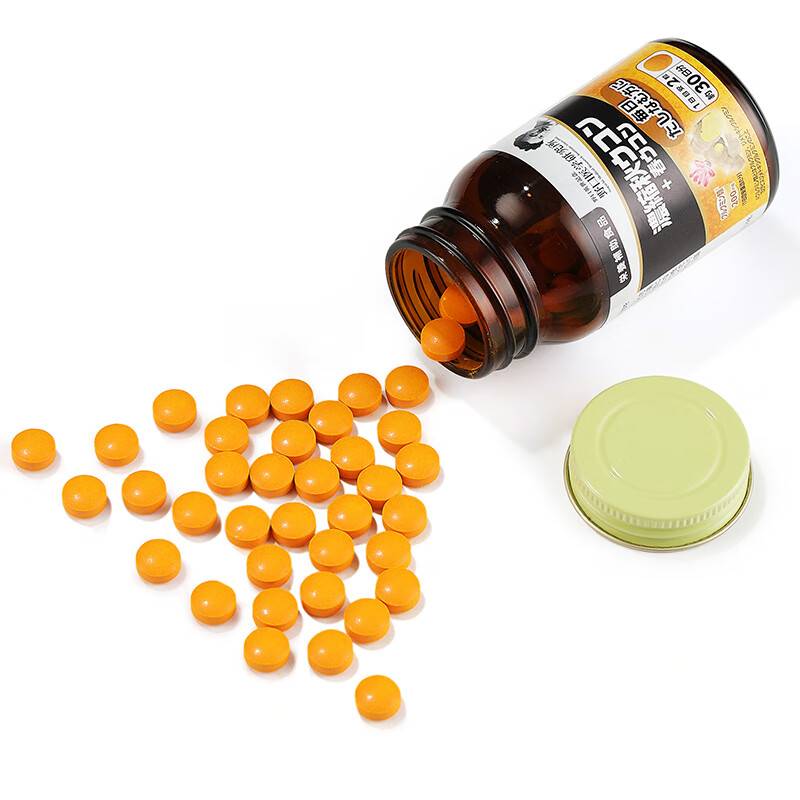
Turmeric is one of the main raw materials for curcumin. The current yield of turmeric is about 1000 kg per mu, while the yield of ginger is 5000-7500 kg per mu, which is about 5-8 times that of turmeric. Studies have shown that the composition of curcumin in ginger and turmeric is similar. If ginger can be used instead of turmeric to extract curcumin and its physiological functions can be fully utilized[32], it will not only open up new markets, but also improve the economic benefits of the curcumin market[33]. At the same time, China can increase the diversity of turmeric and curcumin products and seek more new product formulations. According to SPINS market data (as of March 2019), the markets for dietary supplements and food/beverage products related to turmeric and curcumin are continuing to grow, and sales of functional foods and beverages containing turmeric have even seen double-digit growth. Therefore, future research can focus on developing markets that take advantage of the natural properties and medicinal activities of turmeric and curcumin, so that turmeric and curcumin can play an important role in the food industry, beauty industry, medicine, and other fields.
References:
[1] Chen Haonan, Fan Jianming, Li Jiao, et al. Study on the in vitro antioxidant and pancreatic lipase and α-glucosidase inhibitory functions of Zingiber officinale extract [J]. Chinese Condiments, 2019, 44(4): 43-47.
[2] Zong Ningyu, Zhang Zhiguo. Research on the antioxidant activity of black ginger [J]. Chinese condiments, 2019, 44(3): 57-60.
[3] Yang Qian, Shi Juan, Wu Juanjuan, et al. Study on the antibacterial activity of several spices [J]. China Condiments, 2019, 44(4):23-26.
[4] Pang Bangbin, Yin Shenggao, Huang Yunlan, et al. A study on the quality of turmeric medicinal materials from different origins [J]. West China Journal of Pharmacy, 2014, 29(3):308-310.
[5] Li Shizhen (Ming Dynasty). Compendium of Materia Medica (revised edition). Volume 2.
[6] Yin Lichong. Study on the purification, properties and application of curcumin. Changchun: Jilin University, 2014.
[7] Li Ziyi. Extraction and separation of curcumin and its application in color cosmetics [D]. Guangzhou: South China University of Technology, 2018.
[8]Selim Aliaa M , Nooh Mohammed M , EI-Sawalhi Maha M , et al. Amelioration of age-related alterations in rat liver : effect of curcumin C3 complex , Astragalus membranaceus and blueberry[J] . Experimental Gerontology, 2020 , 137:110982.
[9] Han Jing , Chen Fenglian , Gao Chengcheng , et al. Environmental stability and curcumin release properties of pickering emulsion stabilized by chitosan/gum arabic nanoparticles[J] . International Journal of Biological Macromolecules , 2020 , 157:202-211.
[10] Zhou M, Chen H, Zhou X, et al. Optimization of curcumin extraction process and its antioxidant activity from turmeric by orthogonal experiment [J]. Pharmaceutical Guide, 2015, 34 (10): 1352-1355.
[11] Ran Qiliang, Zhou Xianrong. Study on a new process for the preparation of curcumin [J]. Food Science, 1988(5): 12-15.
[12] Dong Haili, Zong Wei. Study on the enzymatic extraction of curcumin [J]. Soda Ash Industry, 2000, 10(6): 55-60.
[13] Sun Pengyao, Li Dandan, and Mou Dehua. Response surface methodology for optimizing the process and kinetic analysis of ultrasonic-assisted extraction of curcuminoids. China Food Additives, 2016(12): 99-108.
[14]Dandekar D V , Gaikar V G. Microwave assisted extraction of curcuminoids fromCurcumalonga[J].Separation Science and Technology, 2002 , 37(11):2669-2690.
[15] Zhang Li, Liu Huaijin, Huang Ziqing, et al. Study on the microwave-assisted extraction of curcumin from turmeric [J]. Journal of Hunan Institute of Science and Technology (Natural Science Edition), 2009, 22(4): 71-74.
[16] Luo H, Li YF, Liu Y. Study on the extraction of curcumin by supercritical CO2 fluid extraction [J]. Modern Food Science and Technology, 2010, 26(4): 400-401, 405.
[17] Huang Huifang, Chen Yuexin, Lv Ping, et al. Pilot study on the extraction of curcumin by supercritical CO2 extraction [J]. Food Industry, 2011, 32(1): 32-33.
[18] Yuan Peng, Chen Ying, Xiao Fa, et al. Biological activity and application of curcumin in food [J]. Food Industry Science and Technology, 2012, 33(14): 371-375.
[19] Zhang Baojun, Li Chunlin. Natural curcumin and its application in fruit and vegetable beverages [J]. Beverage Industry, 2002, 6(5): 38-40.
[20] Zhang Baojun, Zhang Wei. The physiological functions of curcumin and its application in instant noodles [J]. China Food Additives, 2001(4): 37-39.
[21] Gao Hui, Jiang Jing, Sun Yafang, et al. The antibacterial and preservative effects of curcumin by-products in the production of dried fruit [J]. Food and Fermentation Industry, 2016, 42(6):112-116.
[22] Zhang Beining, Wang Ying, Liu Jiannan, et al. Study on the effect of curcumin on the preservation of navel oranges [J]. Agricultural Machinery, 2012(18):143-145.
[23] Hewlings S J , Kalman D S. Curcumin : a review of its effects on human health[J] . Foods , 2017 , 6(10) :92.
[24]Pulido-Moran M, Moreno-Fernandez J , Ramirez-Tortosa C , et al.Curcumin and health[J] . Molecules , 2016 , 21(3) :264.
[25]Joe B , Lokesh B R. Role of capsaicin , curcumin and dietary n-3 fatty acids in lowering the g eneration of reactive oxygen species in rat p eritoneal macrophages [J] . Biochim Biophys Acta , 1994 , 1224:255-263.
[26]JianY T , Mai G F , Wang J D , et al. Preventive and therapeutic effects of NF-kappa B inhibitor curcumin in rats colitis induced b y trinitrobenzene sulfonic acid[J] . World J Gastroenterol , 2005 , 12(1) :1747-1752.
[27]Li H , Sureda A , Devkota H P , et al. Curcumin , the golden spice in treating cardiovascular diseases[J] . Biotechnology Advances , 2020 , 38:1-15.
[28] Yu W , Wu J , Cai F , et al. Curcumin alleviates diabetic cardiomyopathy in experimental diabetic rats [J] . PLoS One , 2012 , 7(12) : e52013 .
[29] Wang D , Veena M S , Stevenson K , et al. Liposome- encapsulated curcumin suppresses g rowth of head and neck squamous cell carcinoma in vitro and in xenografts through the inhibition of nuclear factor κB b y an AKT-indep endent pathway[J] . Clinical Cancer Research , 2008 , 14(19):6228-6236.
[30] Ma J , Liu J , Yu H , et al. Curcumin promotes nerve regeneration and functional recovery in rat model of nerve crush injury[J] . Neuroscience Letters , 2013 , 547(10):26-31.
[31] Xu C, Liu Y, Chen Y, et al. Research progress on the physiological activity, metabolism and bioavailability of curcumin [J]. China Food Additives, 2016(9):203-210.
[32] Wu L. Study on the extraction process and stability of total flavonoids in ginger [J]. Chinese condiments, 2017, 42(12): 71-74.
[33] Cai Jingjing, Zhang Xuwei, Wei Siqing, et al. Optimization of the extraction process of curcumin from ginger by homogenization combined with organic solvent method [J]. Chinese condiments, 2018, 43(7): 26-32.


 English
English French
French Spanish
Spanish Russian
Russian Korean
Korean Japanese
Japanese